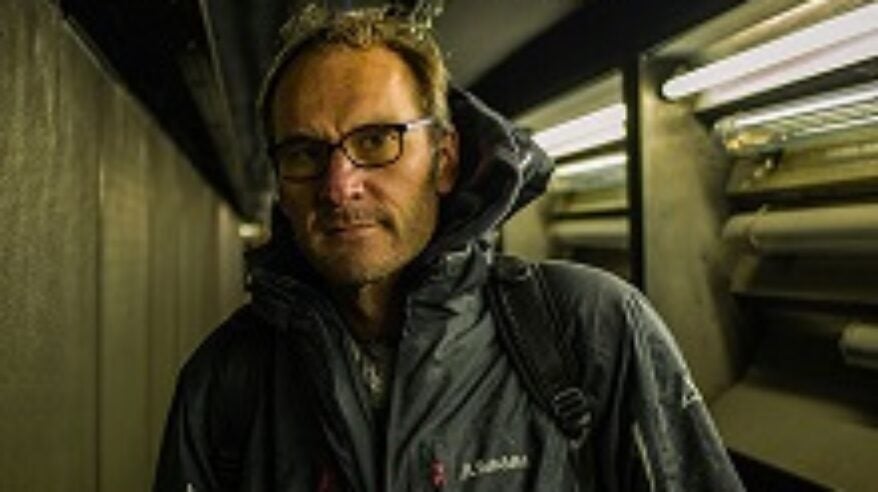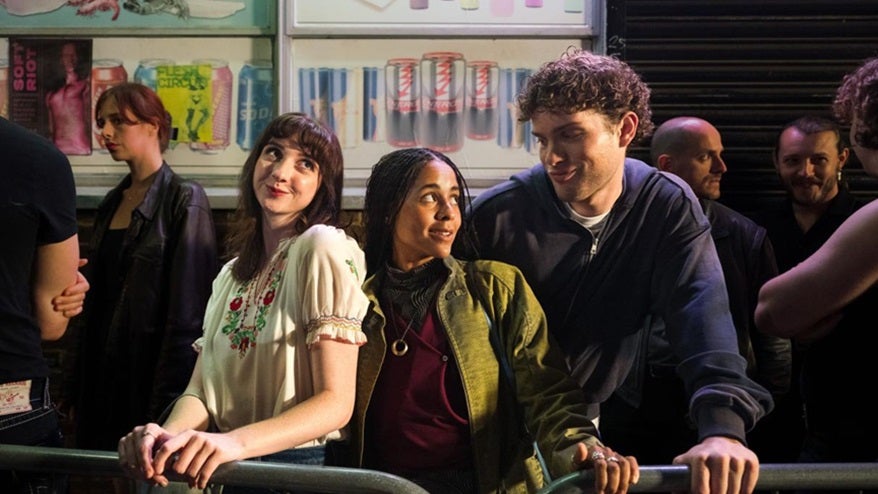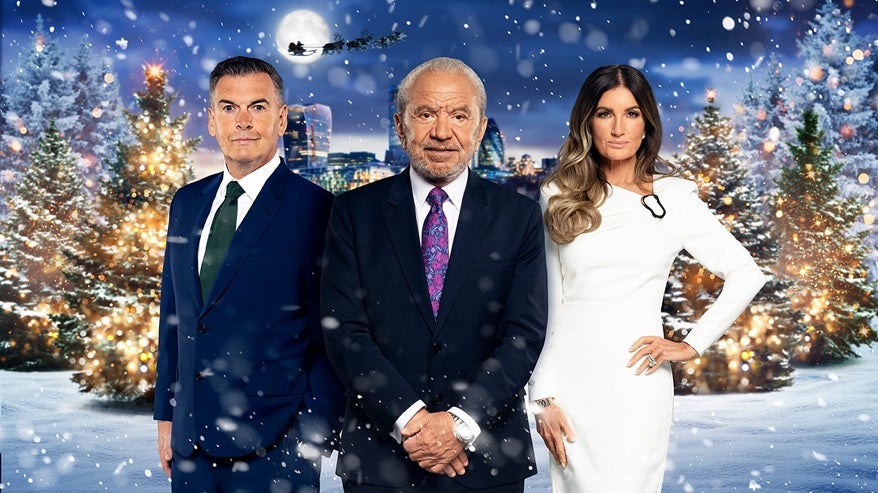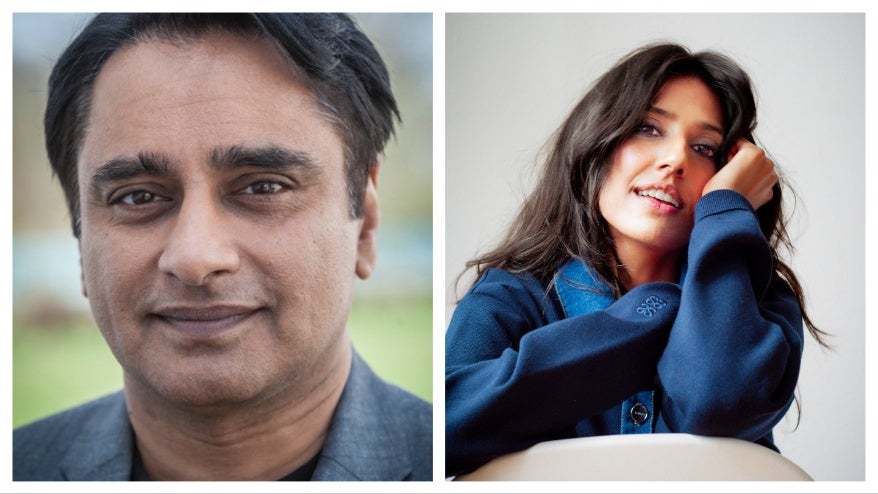The Edge of the World – filming the homeless

To coincide with the UK premiere of his latest film on homeless people on the streets of Paris – On the Edge of the World (Au Bord du Monde) – at the Glasgow Film Festival, filmmaker Claus Drexel sat down with Martin Parsons to discuss his journey into film that last year saw him get an invite to Cannes.
His career as a director starts in 1996 when he makes the first of three short-films: one with lead actor Keir Dullea (who is the star in Kubrick’s 2001 – A Space Odyssey). Winning award after award he decides it is time for a feature film in 2008 and directs Family Values (Affaire de Famille).
After throwing in some screenplays, a documentary that Drexel has been planning to make for a long time comes up for discussion. Taking night after night to the streets of Paris to built up relations with homeless people who wanted to tell their story on camera, the production finishes in 2013 and soon after it premieres at the Cannes Film Festival.
How did you go about shooting such a sensitive film?
My first idea was to take a camera and a mic and do this on my own. (Drexel worked as a sound man and a DP as well in the past.) However, aside from the topic I also knew for sure that I wanted to make a film that was visually stunning. This made it impossible to do it by myself as when you make a film like this you need to take care of the camera, you have to focus on the focussing, so your mind is taken by the technical aspect of the filmmaking and not the human relationship – which should ultimately be the centre of a story such as this.
You made fiction before moving on to this film. Why were you suddenly interested in making a documentary film?
You never choose what film you want to make, and I don’t have a precise career plan. I just make the films that I want to make at this point in my life, and this idea of making a film about the homeless people in Paris has been in my mind for a long time. Because there are so many homeless people in Paris, all over the place – we see them everywhere but never hear them.
In order to get in touch with these people you need time. My idea was to make a film where we give them the opportunity to speak out. I didn’t really think about whether or not this was a documentary, it was just that I wanted to make this film.
Â
You talked about making a ‘beautiful’ visually attractive film, why was this important to you when exploring such a bleak subject. Â Why did you want to do it in this way?
Well, there are many reasons. The first, most obvious reason was to show the incredible contrast between the beauty of Paris and the situation of these people. Â I really wanted to strike the audience with that.
Every way to make a film is a choice. It’s always the responsibility of the filmmaker to decide how to make a film look, and over the years now it has become a norm that when you make a film about poor people you have a poor image, and I don’t think that’s right. I mean, if someone were to make a film about my parents, I would like the film to be beautiful.
What was the editing process like? Was it difficult to leave material out that told people’s most intimate stories?
Yes, what you see in the film is more or less 1% of what we filmed. Editing of the film was very hard. What really struck me over this entire process was how many great things the people I interviewed said. My first thought was that I would meet a lot of people who were totall
Share this Article















